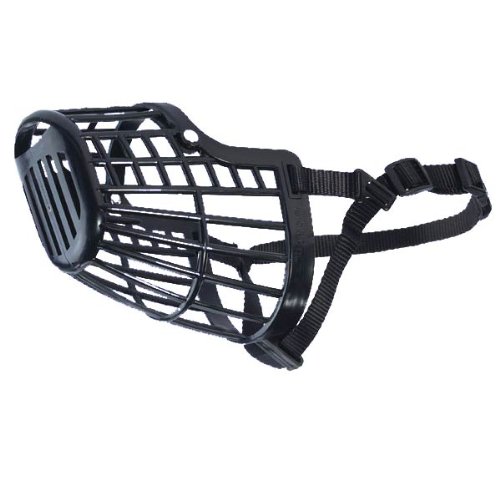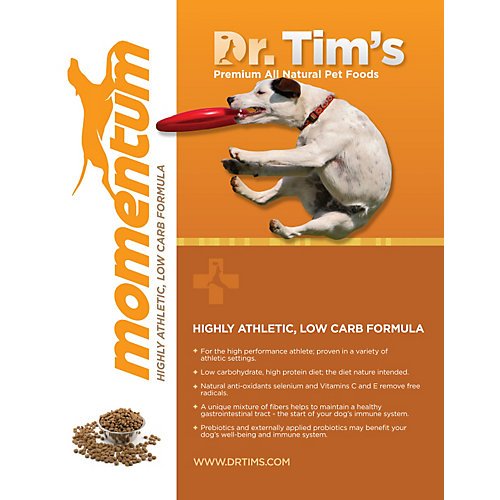Handler Attention - If you want hundred per cent attention from your dog, you must be prepared to give this to him during training. He is entitled to your full attention - any failure on your part will result in failure on his. Therefore, sessions should be short, but intensive whilst they last.
Voice Control - Probably the most important thing for a handler to learn is how to use his or her voice to obtain the right response from the dog during training. Any sharpness used to get his attention must be short and snappy with an immediate softening of tone afterwards and with the recall an excited tone to encourage the dog to come in. A sharp tone of voice should only be used to get the dog's attention and at no other time. If this sharpness of tone is not successful on this first call then your training is not soundly based. Continual shouting is of little value in successful dog training.
Body and Hand control - It can be of great value to use body and hand movements as signals, but you must be conscious of their useful application. The proper and natural use of signals will help your dog, so long as you know you are using them. You can later minimise these signals or cut them out when no longer needed. Hand and arm signals in particular can be used to reinforce acts of encouragement.
Use of Food as Reward - Titbits of food should never be used in place of other forms of reward or encouragement, but rather to back up or reinforce encouragement and praise. The correct use of food can have a dramatic effect on the progress of training. To obtain the best results in training, a dog should never be fed before a training session - it is much easier to train a hungry dog. A training session just before feeding time where titbits are used to reinforce praise and encouragement can prove to be very effective. It should be noted that training without titbits can restrict the effectiveness of repeating that part of an exercise to about three to five tries before moving to another part. After this, a dog normally loses his edge and the handler wonders why performance deteriorates. However, the use of titbits can prolong a training session for twenty to thirty repeats with a hungry dog. The idea is to get the right balance and really understand your dog's limitations.
Dogs can be and are trained very effectively without ever using a titbit, but, as an aid, the use of food can speed up and help consolidate on the elements being trained. Also, the use of titbits can help to keep the handler in a better frame of mind. What handler can be coarse and overbearing whilst giving his dog something to eat? It just would not make sense.

 The Effects of Nicotine and Secondhand Smoke on Your Dogs
Credit: CDC (PHIL) - Public domain
The Effects of Nicotine and Secondhand Smoke on Your Dogs
Credit: CDC (PHIL) - Public domain
 Important Tips on Choosing and Caring for Our Dogs and Best Friends
How well do you know your do
Important Tips on Choosing and Caring for Our Dogs and Best Friends
How well do you know your do
 Dog Muzzle
If you are unsure about your
Dog Muzzle
If you are unsure about your
 Should You Feed Your Dog Low
The trend to remove fat from
Should You Feed Your Dog Low
The trend to remove fat from
 Our Thoughts On Neutering
My Two Pugs
Credit: Personal Photogra
Our Thoughts On Neutering
My Two Pugs
Credit: Personal Photogra